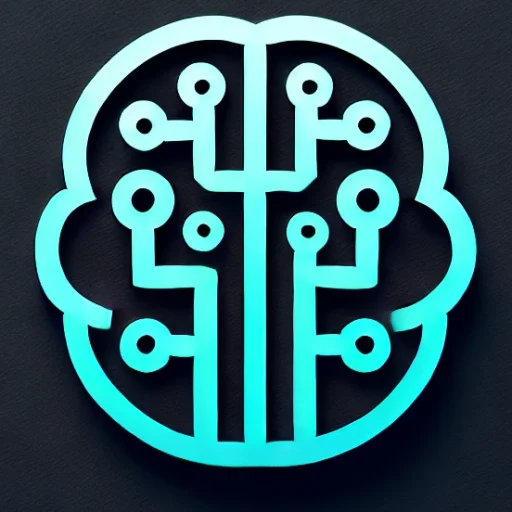
Introduction
In the dynamic landscape of artificial intelligence, one topic stands out as the most compelling and transformative: Generative AI. This powerful subfield of AI is revolutionizing how we approach creativity and productivity, impacting industries ranging from entertainment to technology and beyond. As generative AI tools become more sophisticated, they not only push the boundaries of what machines can create but also redefine human creativity and its potential.
Key Insights & Latest Advancements
Generative AI, particularly models based on deep learning architectures like Generative Adversarial Networks (GANs) and Transformer models, has seen remarkable growth. The technology can now generate realistic images, compose symphonies, and even produce coherent and contextually relevant text. Recent advancements have brought models like OpenAI’s GPT-3 and its successor GPT-4 into the spotlight, where they demonstrate unparalleled language understanding and generation capabilities.
Moreover, breakthroughs such as DALL-E, which creates images from textual descriptions, and DeepMind’s AlphaFold, which predicts protein structures, exemplify the potential of generative AI beyond traditional applications. They highlight the power of AI to perform tasks once thought exclusive to human intellect.
Real-World Applications
Generative AI is more than a technological novelty; it is a potent tool reshaping various sectors. In the creative industry, it enables artists to explore new forms of expression by collaboratively creating with AI. Musicians are using AI to compose music, while filmmakers leverage it for visual effects and scriptwriting support.
In the commercial domain, businesses utilize generative AI for personalized marketing, automated content creation, and even developing novel product designs. The healthcare sector benefits from AI-generated insights in diagnostics and drug discovery, accelerating research and development processes.
Challenges & Future Outlook
Despite its promises, generative AI faces significant challenges. Ethical considerations around content authenticity, potential misuse in creating deepfakes, and concerns over job displacement loom large. The technology’s rapid evolution also raises questions about copyright, ownership, and the need for robust regulatory frameworks to ensure responsible use.
Looking ahead, the future of generative AI is promising yet demanding. Continued advancements are expected to enhance its capabilities, making it even more accessible and powerful. Simultaneously, addressing ethical issues and establishing clear guidelines will be crucial to harness its full potential responsibly.
Conclusion
Generative AI is a transformative force that is redefining the landscape of creativity and productivity. Its ability to augment human capabilities presents unprecedented opportunities across various fields. As we continue to integrate generative AI into our lives, we must remain vigilant about the challenges it poses, ensuring ethical considerations guide its development and application. Ultimately, generative AI not only expands what machines can do but also enriches human potential, enabling a future where man and machine create symbiotically.

